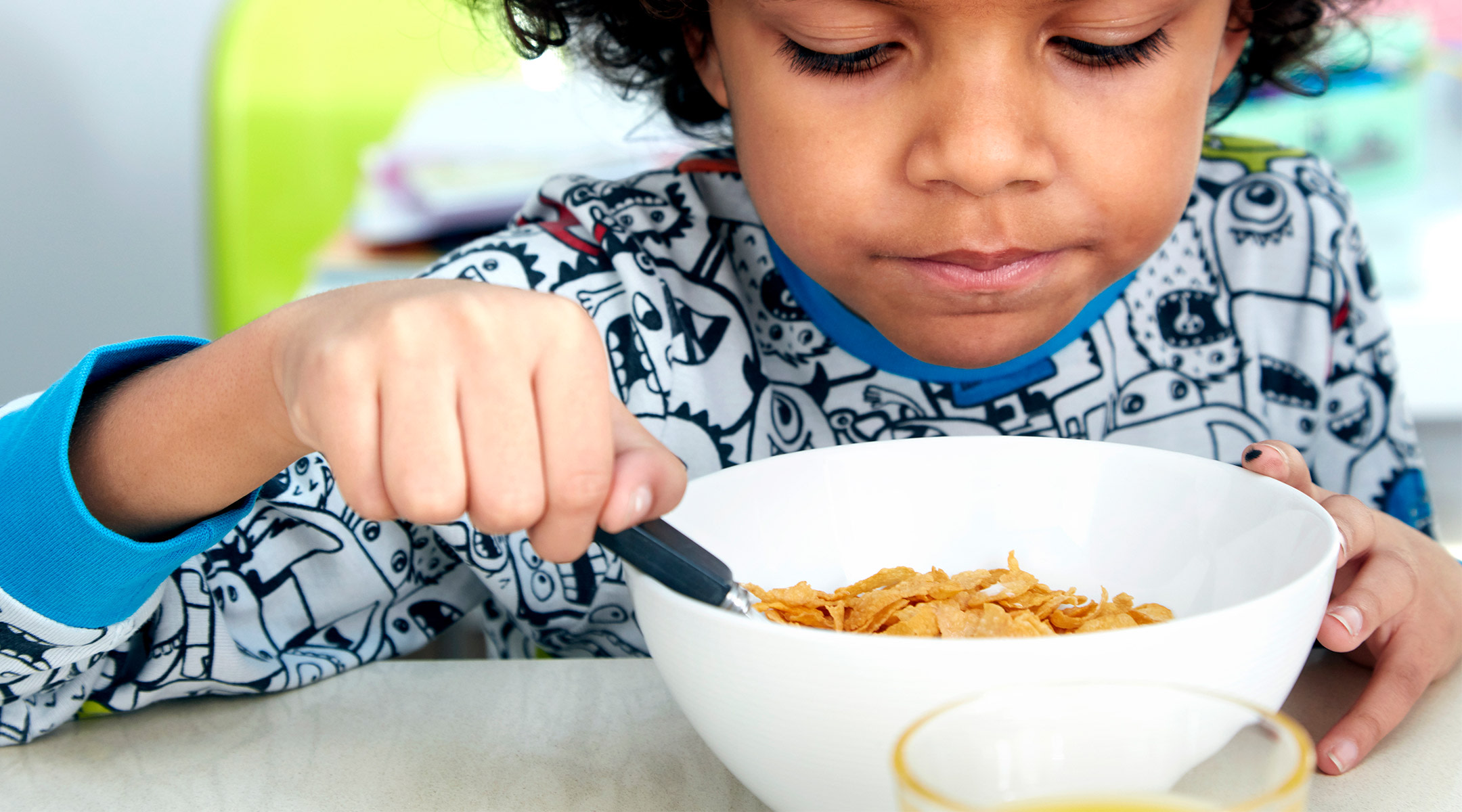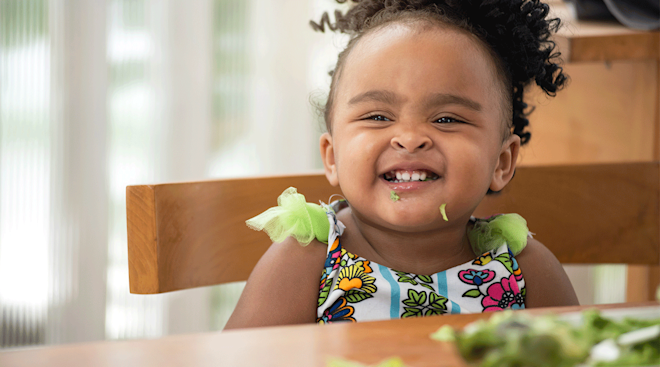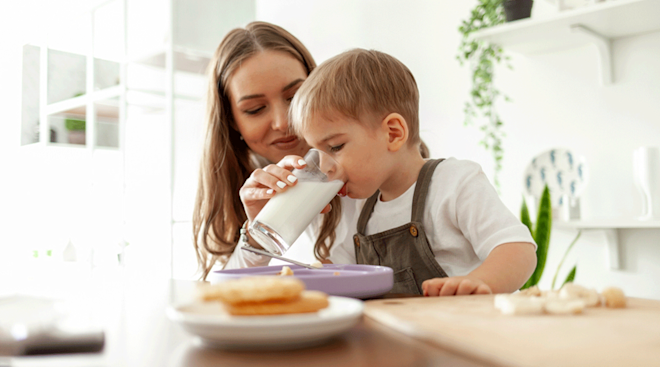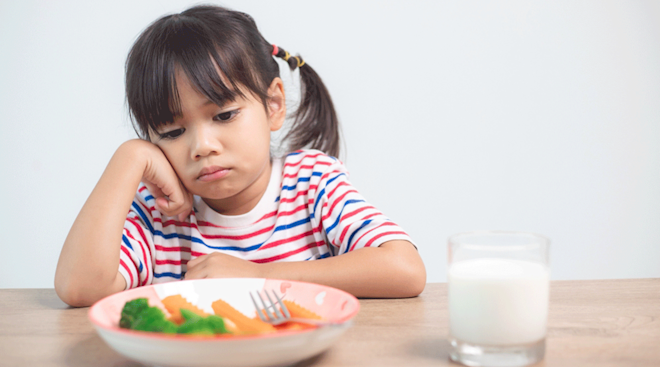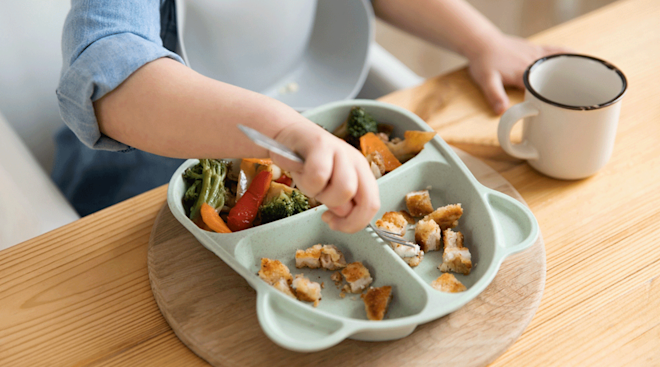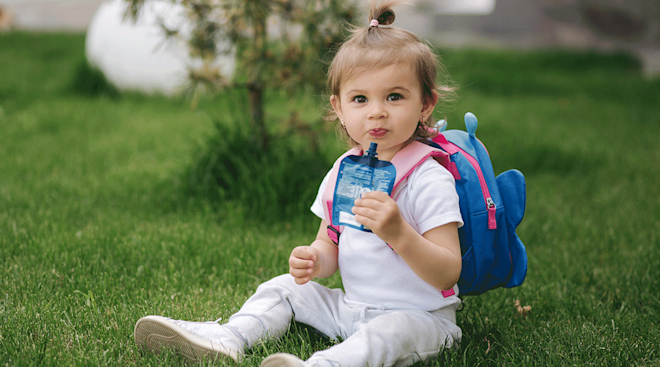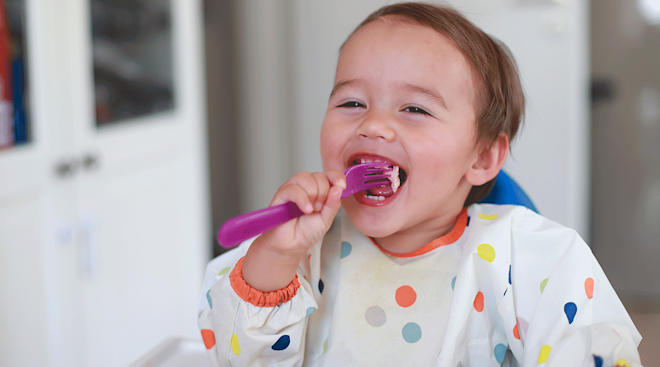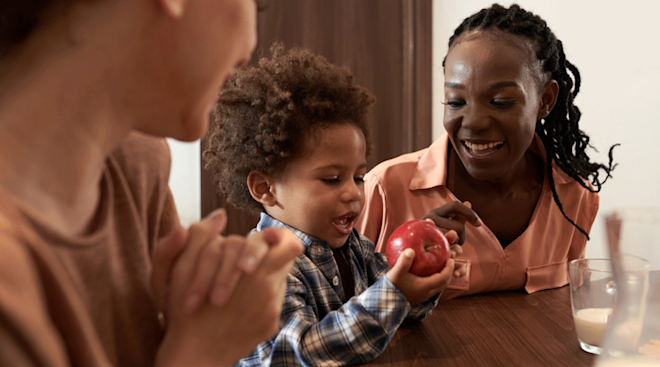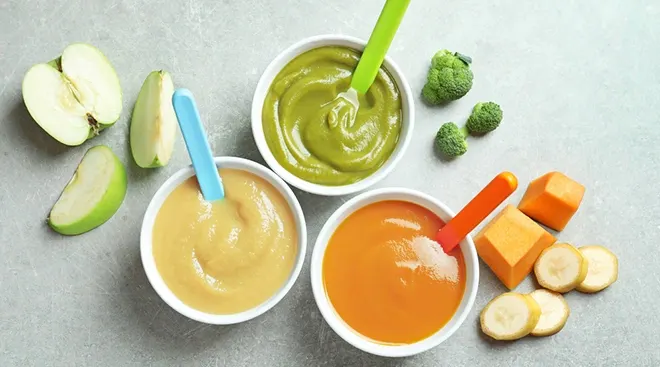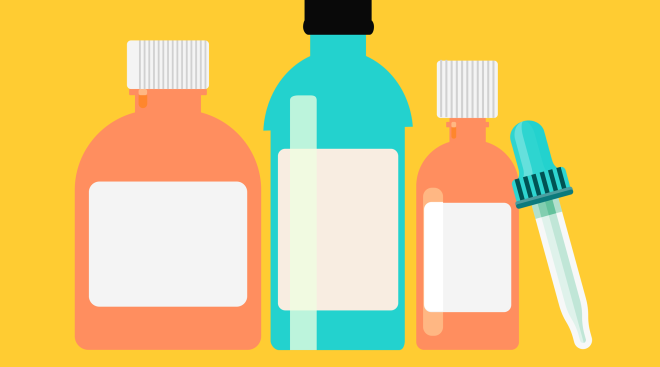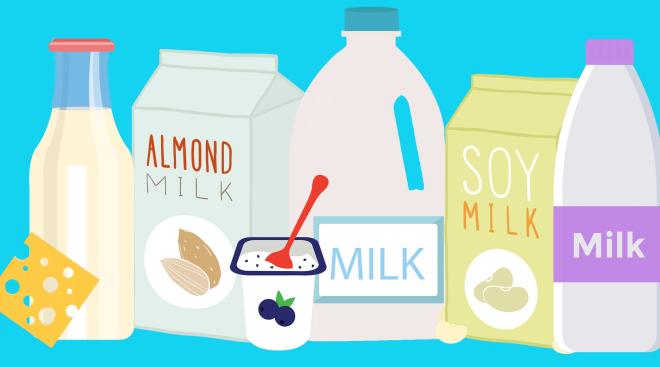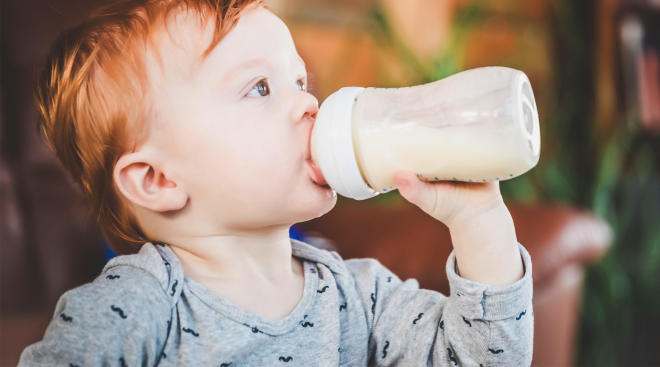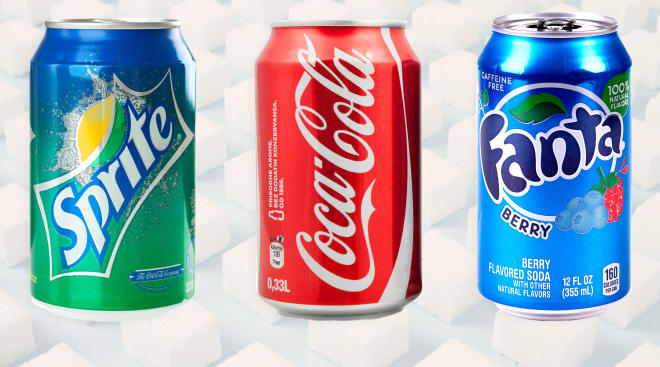Why Gluten-Free Isn’t Always the Healthier Choice for Kids
Meet Dina DiMaggio, MD, and Anthony F. Porto, MD, MPH, official spokespeople for the American Academy of Pediatrics and the co-authors of The Pediatrician’s Guide to Feeding Babies and Toddlers. They write about the latest AAP guidelines, studies and seasonal issues affecting babies and toddlers. Follow them on Instagram @pediatriciansguide.
Gluten-free product are all the rage right now. In fact, nearly 20 percent of Americans follow a gluten-free diet. But new research is emphasizing that just because a product is without gluten doesn’t mean it’s healthier, especially when it’s meant for our kids.
Authors of a recent study published in Pediatrics, the official journal of the American Academy of Pediatrics, purchased 350 kids’ food products from major supermarket chains and compared the nutrition content of the gluten-free labeled foods against those with gluten.
They found that 80 percent of the gluten-free products had high sugar levels, and 88 percent of packaged gluten-free kids foods could be classified as having poor nutritional quality due to high levels of sugar, sodium and/or fat. Plus, the gluten-free products for children had less protein but a similar percentage of calories from sugar to the foods without a gluten-free claim.
So what does that all mean for our kids? Not only are gluten-free foods not nutritionally better than regular foods, but they “may be of greater potential concern because of their sugar content,” the study states. “The health halo often attributed to the gluten-free label is not warranted, and parents who substitute gluten-free products for their product equivalents, assuming gluten-free products to be healthier, are mistaken.”
Of course, if your child has a gluten intolerance, wheat allergy or celiac disease, there’s a real reason to go gluten-free. But only about one percent of children have celiac disease. If you do opt for a gluten-free diet, keep these five things in mind:
-
Eat naturally gluten-free foods, such as meats, beans, fruits and vegetables.
-
Rice is the most common grain consumed by kids following a gluten-free diet (either in its natural form or in gluten-free pasta), but limit how much rice your kids eat. Since rice naturally absorbs arsenic, there’s a concern of exposure.
-
Eat a well-balanced diet and a good variety of gluten-free grains—including quinoa, millet, buckwheat and amaranth—to make sure your kids get enough fiber, B vitamins and iron.
-
Cut back on processed gluten-free foods, since they typically have more salt. Plus, unlike regular breast, gluten-free breads aren’t vitamin-fortified.
-
Seek the help of a registered dietitian who can help make sure your child is getting enough vitamins, nutrients and calories to support their growth and development.
Please note: The Bump and the materials and information it contains are not intended to, and do not constitute, medical or other health advice or diagnosis and should not be used as such. You should always consult with a qualified physician or health professional about your specific circumstances.
Navigate forward to interact with the calendar and select a date. Press the question mark key to get the keyboard shortcuts for changing dates.
































